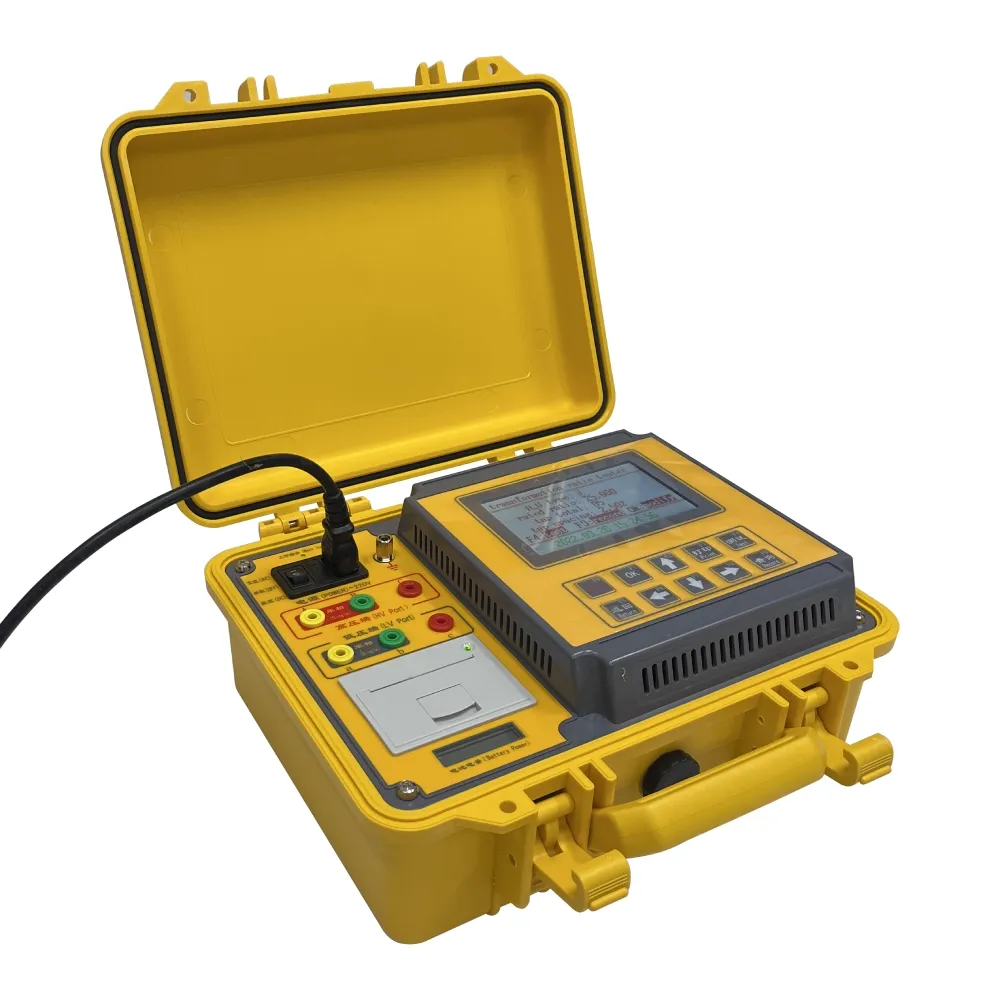 English
English



-
 Afrikaans
Afrikaans -
 Albanian
Albanian -
 Amharic
Amharic -
 Arabic
Arabic -
 Armenian
Armenian -
 Azerbaijani
Azerbaijani -
 Basque
Basque -
 Belarusian
Belarusian -
 Bengali
Bengali -
 Bosnian
Bosnian -
 Bulgarian
Bulgarian -
 Catalan
Catalan -
 Cebuano
Cebuano -
 China
China -
 China (Taiwan)
China (Taiwan) -
 Corsican
Corsican -
 Croatian
Croatian -
 Czech
Czech -
 Danish
Danish -
 Dutch
Dutch -
 English
English -
 Esperanto
Esperanto -
 Estonian
Estonian -
 Finnish
Finnish -
 French
French -
 Frisian
Frisian -
 Galician
Galician -
 Georgian
Georgian -
 German
German -
 Greek
Greek -
 Gujarati
Gujarati -
 Haitian Creole
Haitian Creole -
 hausa
hausa -
 hawaiian
hawaiian -
 Hebrew
Hebrew -
 Hindi
Hindi -
 Miao
Miao -
 Hungarian
Hungarian -
 Icelandic
Icelandic -
 igbo
igbo -
 Indonesian
Indonesian -
 irish
irish -
 Italian
Italian -
 Japanese
Japanese -
 Javanese
Javanese -
 Kannada
Kannada -
 kazakh
kazakh -
 Khmer
Khmer -
 Rwandese
Rwandese -
 Korean
Korean -
 Kurdish
Kurdish -
 Kyrgyz
Kyrgyz -
 Lao
Lao -
 Latin
Latin -
 Latvian
Latvian -
 Lithuanian
Lithuanian -
 Luxembourgish
Luxembourgish -
 Macedonian
Macedonian -
 Malgashi
Malgashi -
 Malay
Malay -
 Malayalam
Malayalam -
 Maltese
Maltese -
 Maori
Maori -
 Marathi
Marathi -
 Mongolian
Mongolian -
 Myanmar
Myanmar -
 Nepali
Nepali -
 Norwegian
Norwegian -
 Norwegian
Norwegian -
 Occitan
Occitan -
 Pashto
Pashto -
 Persian
Persian -
 Polish
Polish -
 Portuguese
Portuguese -
 Punjabi
Punjabi -
 Romanian
Romanian -
 Russian
Russian -
 Samoan
Samoan -
 Scottish Gaelic
Scottish Gaelic -
 Serbian
Serbian -
 Sesotho
Sesotho -
 Shona
Shona -
 Sindhi
Sindhi -
 Sinhala
Sinhala -
 Slovak
Slovak -
 Slovenian
Slovenian -
 Somali
Somali -
 Spanish
Spanish -
 Sundanese
Sundanese -
 Swahili
Swahili -
 Swedish
Swedish -
 Tagalog
Tagalog -
 Tajik
Tajik -
 Tamil
Tamil -
 Tatar
Tatar -
 Telugu
Telugu -
 Thai
Thai -
 Turkish
Turkish -
 Turkmen
Turkmen -
 Ukrainian
Ukrainian -
 Urdu
Urdu -
 Uighur
Uighur -
 Uzbek
Uzbek -
 Vietnamese
Vietnamese -
 Welsh
Welsh -
 Bantu
Bantu -
 Yiddish
Yiddish -
 Yoruba
Yoruba -
 Zulu
Zulu
type of test in transformer
Types of Tests in Transformers
Transformers, a cornerstone of modern natural language processing (NLP), have revolutionized the way machines understand and generate human language. To ensure their robustness and effectiveness, various testing methodologies are employed during their development and deployment. This article delves into the different types of tests conducted on transformers, focusing on their significance in validating model performance and reliability.
1. Unit Testing
Unit testing is essential for verifying the basic functionality of individual components within the transformer architecture. It examines whether the components, such as the self-attention mechanism and feed-forward networks, operate correctly in isolation. Developers commonly use unit tests to catch bugs early in the development process, making the debugging process more manageable.
2. Integration Testing
After unit tests validate individual components, integration testing ensures that these components work together as intended. In transformers, this means testing the interaction between attention layers, token embeddings, and position encodings. Integration testing helps identify issues that may arise when different components are combined, ensuring that the entire system functions smoothly.
Performance testing evaluates the efficiency and speed of the transformer model. This includes measuring the model's training and inference times, its scalability in processing larger datasets, and its memory consumption. Optimizing performance is critical, especially in real-time applications where response time can significantly impact user experience.
type of test in transformer

4. Accuracy Testing
Accuracy testing is a crucial element that assesses how well a transformer model performs on specific tasks. This involves measuring metrics such as precision, recall, F1 score, and perplexity on benchmark datasets. By comparing the model's outputs against ground truth labels, developers can determine how well the model generalizes to new, unseen data.
5. Adversarial Testing
Adversarial testing aims to evaluate the robustness of transformer models against intentionally misleading input data. This involves generating adversarial examples that can challenge the model's predictions. By exposing the model to such scenarios, developers can improve its resilience and ensure it performs well even in unpredictable circumstances.
6. User Acceptance Testing (UAT)
User acceptance testing involves real-world testing by end-users or stakeholders to determine if the transformer model meets their needs and expectations. Feedback from UAT is invaluable, as it provides insights into how the model performs in practical applications and identifies potential improvements.
Conclusion
In conclusion, testing transformers goes beyond mere functionality; it encompasses a comprehensive approach to ensure their reliability, efficiency, and user satisfaction. By implementing a combination of unit, integration, performance, accuracy, adversarial, and user acceptance testing, developers can create robust transformer models that deliver exceptional results in diverse NLP tasks. As the field continues to evolve, these testing methodologies will remain fundamental in driving innovation and enhancing the capabilities of transformers in understanding and generating human language.
-
Testing Equipment Industry Sees Major Advancements in 2025: Smart & Precision Technologies Lead the WayNewsJun.06,2025
-
Applications of Direct Current Generators in Renewable Energy SystemsNewsJun.05,2025
-
Hipot Tester Calibration and Accuracy GuidelinesNewsJun.05,2025
-
Digital Circuit Breaker Analyzer Features and BenefitsNewsJun.05,2025
-
Benefits of Real-Time Power Quality Monitoring Devices for Industrial EfficiencyNewsJun.05,2025
-
Earth Fault Loop Testing in High-Rise Building Electrical SystemsNewsJun.05,2025



